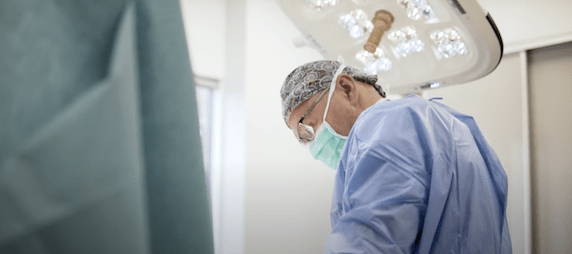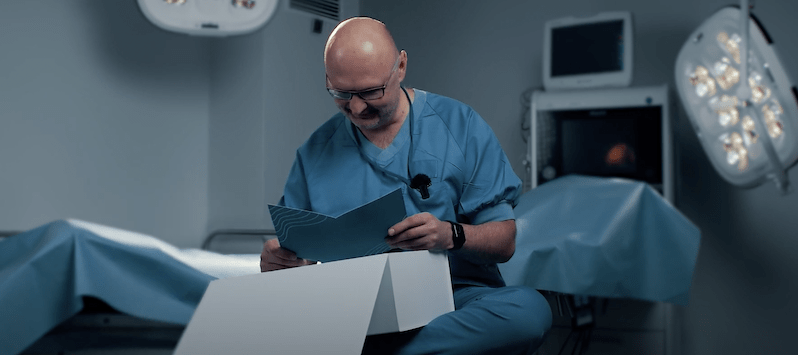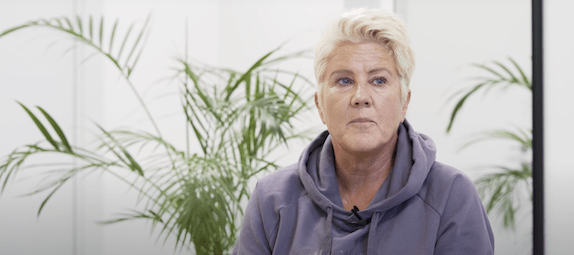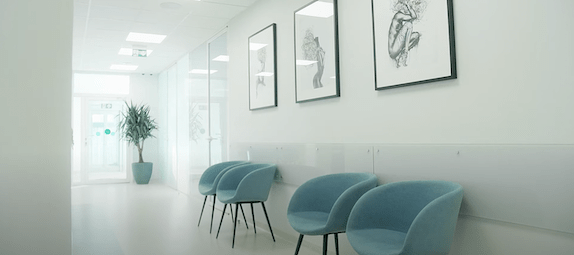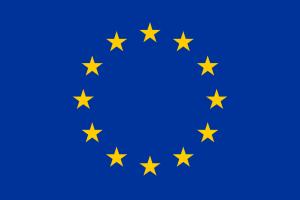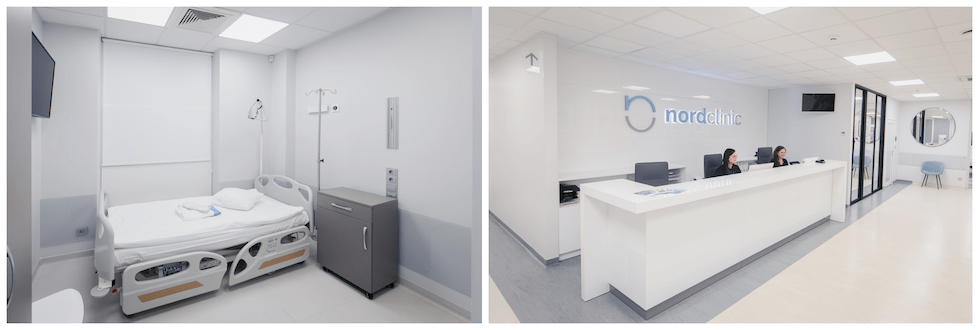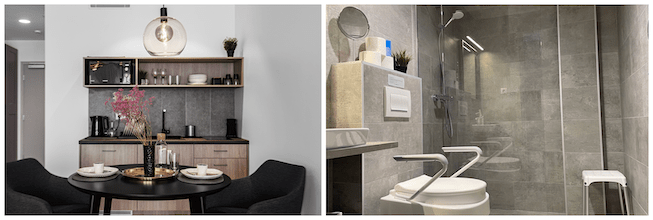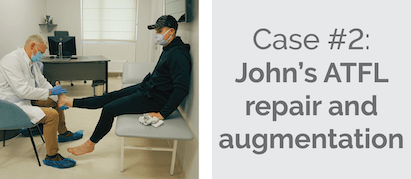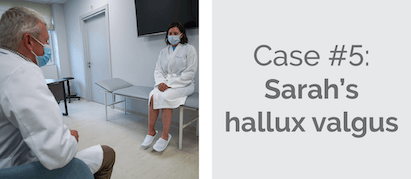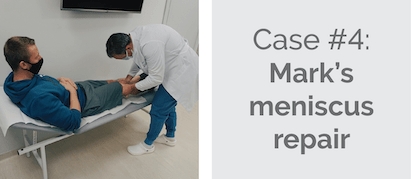Hallux Rigidus
We are one of the leading orthopaedic surgery clinics for medical tourists in the European Union. We are proud of the fact that over 90 % of our patients come from the UK, Ireland, Norway, Sweden, the United States, Canada and other countries.
Reviews & Facebook group
Our patients and clinic in the media
Prices
- hallux rigidus (cheilectomy, debridement) – from 1.250 £
- hallux rigidus (arthrodesis) – from 2.500 £
- hallux valgus – from 920 £
- hammertoe surgery – from 1.420 £
- mallet toe – from 1.420 £
- all necessary tests ( X-ray performed in 1 day) – 40 £
Tests required to confirm surgery, which can be done in our clinic within 1 day: feet X-ray (standing).
Worth combining – hallux rigidus & eyelid surgery – from 2.130 £
- accommodation with medical care – from 62 £ per night
- consultation with the surgeon
- necessary health tests
- surgery
- implants
- anaesthesia
- hospitalisation
- 24/7 personal assistance during your stay
- transfers to / from the airport, hotel and clinic
- all documents translated to English
Get your surgery for free by claiming a refund from your local health board. The clinic helps patients with the documents needed to claim a refund after following the EU directive route for medical treatment abroad. It applies to patients who are insured under the systems of one of the EU countries and may not get the surgery due to long waiting times.
- hallux rigidus (cheilectomy, debridement) – from 1.450 €
- hallux rigidus (arthrodesis) – from 3.000 €
- hallux valgus – from 1.100 €
- hammertoe surgery – from 1.650 €
- mallet toe – from 1.650 €
- all necessary tests ( X-ray performed in 1 day) – 50 €
Tests required to confirm surgery, which can be done in our clinic within 1 day: feet X-ray (standing).
Worth combining – hallux rigidus & eyelid surgery – from 2.470€
- accommodation with medical care – from 74 € per night
- consultation with the surgeon
- necessary health tests
- surgery
- anaesthesia
- hospitalisation
- 24/7 personal assistance during your stay
- transfers to / from the airport, hotel and clinic
- all documents translated to English
Get your surgery for free by claiming a refund from your local health board. The clinic helps patients with the documents needed to claim a refund after following the EU directive route for medical treatment abroad. It applies to patients who are insured under the systems of one of the EU countries and may not get the surgery due to long waiting times.
Patient stories
Clinic videos
Nordorthopaedics Center Of Excellence
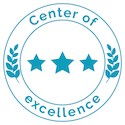
Experienced ankle and foot surgeon V. Kimtys
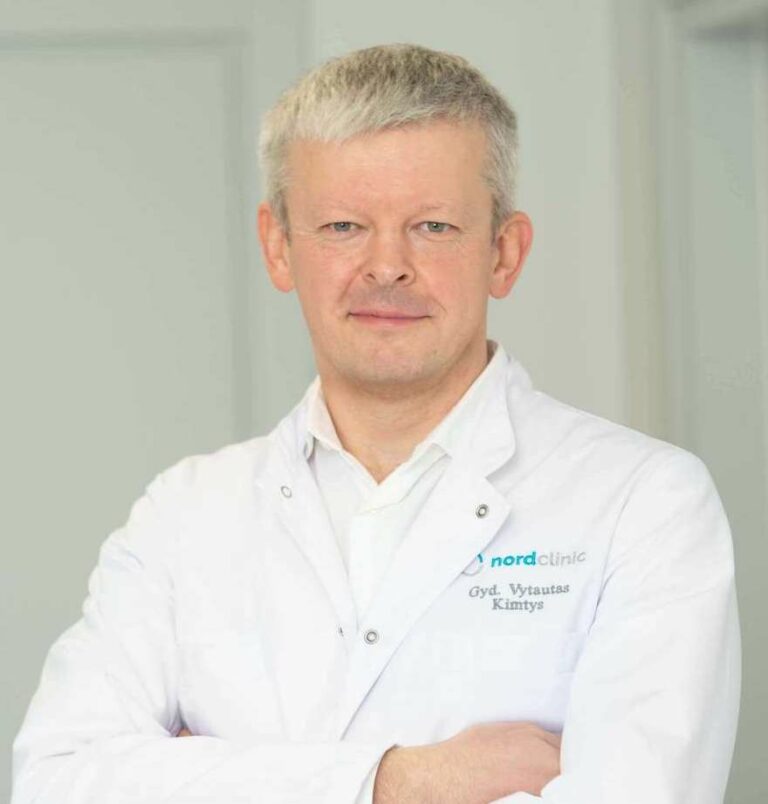
- More than 20 years of working experience
- 500 ankle prosthetics performed
- 1.000 ankle fusion surgeries
- Read more
Refund for EU patients
Get your surgery for free by claiming a refund from your local health board. The clinic helps patients with the documents needed to claim a refund after following the EU directive route for medical treatment abroad. It applies to patients who are insured under the systems of one of the EU countries and may not get the surgery due to long waiting times. On average our patients from the EU countries get fully refunded by their local health board in 5 months after their surgeries.
Our clinic
Self-catered accommodation with medical care
11 reasons that make us the most popular orthopaedic clinic abroad
One of the most important factors for a quick and full recovery after surgery is proper rehabilitation. Usually, clinics are not able to offer this due to costs savings. Our patients can choose between two inpatient and outpatient options: rehabilitation with a physiotherapist of the Lithuanian national basketball team, prof. L. Siupsinskas or rehabilitation at a medical SPA.
Our team of 5 orthopaedic surgeons has 10-20 years of experience in the field in total performing over 1.000 different orthopaedic surgeries per year. Moreover, our surgeons are members of various prestigious surgical societies both Lithuanian and international. Our leading joint replacement surgeon S. Tarasevicius is an author of 150 scientific publications in different medical journals, who has performed more than 3.500 joint replacement surgeries during 15+ years of his professional experience.
We are one of the leading orthopaedic surgery clinics for medical tourists in the European Union. We are proud of the fact that over 90 % of our patients come from the UK, Ireland, Norway, Sweden, the United States, Canada and other countries.
One of the world’s leading medical technology companies and orthopaedic implant manufacturers, Smith & Nephew, have chosen Nordorthopaedics as Center of Excellence in the Baltic States.
We are trusted by our patients and we appreciate all the reviews and feedback collected over the years. Find more than 150 testimonials here or on Google.
Already more than 4.000 of our former, current and future patients joined our online community with the aim to build a space for opinions and mutual support. Members are welcome to share experiences about their visit to the clinic and to discuss all surgery-related matters. No other orthopaedic clinic can offer such group support.
Being a true member of the International Society of Arthroplasty Registries, Lithuania is one of the leaders in low joint replacement revision rates, as only 9% of surgeries in Lithuania require revision in 10 years after surgery. Moreover, with the implants used at our clinic, only 2-3% of surgeries require revision in 10 years after surgery, while revision rates in some other Western countries, for example, USA, is as high as 17% in 10 years after surgery. The implants used at our clinic have been evaluated by other countries’ registries as those ensuring longest implant life, as compared to products of other manufacturers. Moreover, thanks to our active participation in collecting data for the registries, the surgical technique used at our clinic ensures best surgical outcomes.
Our clinic is seen on different media mentions like: BBC News, BBC Radio, The Telegraph, MailOnline, Winnipeg Free Press, CTV News, CBC, RTE Radio, itv.
Our clinic works according to the highest standards set by the European Union. This helps to guarantee the quality of medical services. We care about the safety, comfort and successful results of our patients from all over the world.
The clinic helps patients with the documents needed to claim a refund after following the EU directive route for medical treatment abroad. It applies to patients who are insured under the systems of one of the EU countries and may not get the surgery due to long waiting times.
We provide customer service in 9 foreign languages including English, Swedish, Norwegian, Danish, Italian, Spanish, French, Russian, Polish. Everyone in our clinic speaks English, including nurses, assistants and the surgeon.
Athletes treated at Nordorthopaedics
Official clinic of Lithuania national football teams

Highest quality implants
Our clinic uses implants based on their performance in international registries.
Being a true member of the International Society of Arthroplasty Registries, Lithuania is one of the leaders in low joint replacement revision rates, as only 9% of surgeries in Lithuania require revision in 10 years after surgery. Moreover, with the implants used at our clinic, only 2-3% of surgeries require revision in 10 years after surgery, while revision rates in some other Western countries, for example, USA, is as high as 17% in 10 years after surgery. The implants used at our clinic have been evaluated by other countries’ registries as those ensuring longest implant life, as compared to products of other manufacturers. Read more here.
13 patients' case studies
Direct flights to Lithuania





Treatment options for hallux rigidus and indications for surgery
Hallux rigidus, also known as a stiff toe, is a degenerative condition that damages cartilage and leads to stiffness of the big toe. The symptoms, like pain and soreness, usually worsen during active toe movement (squatting or running). If hallux rigidus is left untreated, it progressively worsens to an inflexible first toe and pain even at rest. As a response to constant inflammation bony lumps form in the joint and further restricts the toe joint. In severe cases, gait changes lead to knee and hip joint wear. Hallux rigidus should not be confused with hallux valgus (a bunion), even though they affect the same joint.
When does hallux valgus deformity require surgery?
Initial treatment is focused on relieving the painful symptoms. The goals include providing enough space for the increased joint size, limiting joint motion, and reducing inflammation.
Patients should avoid tight shoes and high heels, instead opting for special footwear with a stiff footplate to minimize toe flexion.
Anti-inflammatory drugs, like naproxen or ibuprofen, are prescribed for immediate pain control. Some patients benefit from corticosteroid injections which relieve inflammation for a longer period of approximately 3-4 months.
Surgery is indicated in moderate to severe cases of hallux rigidus and is only considered when conservative measures fail. Patients are referred for surgery after 6 months of unsuccessful nonoperative treatment. Several surgical options are available depending on the severity of the disease, the patient’s age and expectations. The most common surgical techniques are cheilectomy (surgery to remove bone spurs), arthrodesis (a surgery to fuse two bones), and arthroplasty (joint replacement).
How is hallux rigidus surgery performed?
Hallux rigidus surgery does not require overnight hospitalization, although sometimes patients may stay in the clinic overnight for close monitoring. The surgery takes approximately 1 hour to complete. It is carried out under general anaesthesia along with a local anaesthetic injection in the ankle so that the operated foot is pain-free during the first few hours of recovery. A 5 centimeter incision is made on the top of the toe or the joint is accessed arthroscopically through a key-hole incision. Once the surgeon gains access to the toe joint is, he performs one of the following surgical procedures:
During cheilectomy, the surgeon resurfaces the cartilage and removes the bony lumps. A cheilectomy is usually performed for patients in the earlier stages of hallux rigidus. It is a joint motion-preserving surgery and is considered to be the first-line surgical choice.
During arthroplasty, the surgeon removes the surface of the damaged toe joint and replaces it with an artificial implant which is made of Silastic, metal, polyethylene, or ceramics.
During arthrodesis, the big toe joint is immobilized with screws, wires, or dorsal plates. This type of surgery is a golden standard in the treatment of severe hallux rigidus. Even though the fixated joint remains immobile for the rest of life, for advanced hallux rigidus patients it is the only treatment option.
Possible hallux rigidus surgery complications
The risk associated with hallux rigidus surgery is low and the staff do everything to deliver the highest quality treatment and care. Some of the possible complications include pain in the ball of the foot, surgical site infection, deep vein thrombosis, stiff toe, and others.
Recovery after hallux rigidus surgery. Are the results permanent?
- Patients begin walking a few hours after hallux rigidus surgery.
- During the first few weeks, the operated foot should be kept elevated for as much as possible to reduce swelling.
- The bandage should be kept clean and changed every 3 to 5 days.
- Pain is controlled with anti-inflammatory drugs, like ibuprofen or naproxen.
- Complete weight-bearing is possible after 2-4 weeks. For the first 6 weeks, patients wear special post-surgical boots and gradually transition to wearing regular footwear.
- Physical therapy is not always necessary but may include mobilization and distraction techniques as well as strengthening exercises to enhance joint stability.
- Follow-up appointments are scheduled after 2 (to check on the wound), 6 (to discuss healing progress), and 12 weeks (for a final discharge).
- A return to a sitting job is possible after 2 weeks, although one might need to wait 6 weeks if the job position involves manual work.
Although hallux rigidus is a progressive degenerative disease it is very treatable. Non-surgical treatment can slow progression and provide pain relief. The surgical treatment delivers excellent results, effectively reduces pain, and restores patients’ functional abilities. One is unlikely to have further problems for many years, although severe osteoarthritis patients have a higher risk of developing stiffness in other joints.
Can I have hallux rigidus surgery on both feet at the same time?
It is technically possible to perform hallux rigidus surgery on both feet, however the recovery becomes extremely challenging. The risk of post-surgical complications and infection becomes higher, and so, we recommend patients have each of their foot operated separately.
Send us your enquiry








